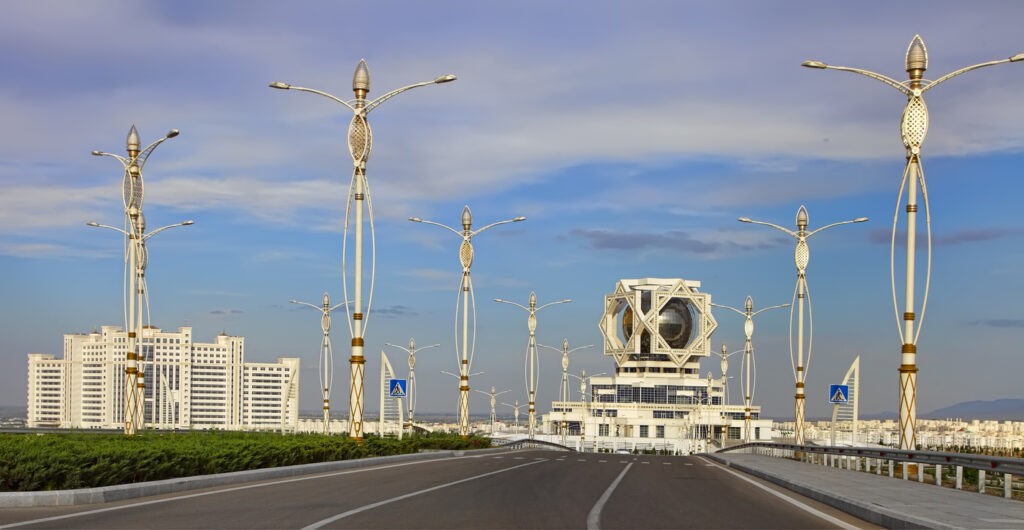BISHKEK (TCA) — Growth remains stable across most of developing Asia due to robust domestic demand, buoyant oil and gas prices, and a consolidation of India’s growth rebound. But escalating trade tensions will test the region’s resilience, underscoring the importance of efforts to bolster trade ties among its countries, says a new Asian Development Bank (ADB) report.
In an update of its flagship annual economic publication, Asian Development Outlook (ADO) 2018, released on September 26, ADB maintains its forecast that the region’s gross domestic product (GDP) will grow at 6.0% in 2018. The growth forecast for 2019 is trimmed by 0.1 percentage points to 5.8%.
“Growth in the region has held up to external challenges, helped by strong domestic demand in the People’s Republic of China (PRC) and India,” said ADB Chief Economist Mr. Yasuyuki Sawada. “The biggest risk to continued growth comes from the disruption of international production linkages caused by a further escalation of trade tensions, but Asia’s growth should remain resilient to the direct effects of the trade measures taken to date.”
Strong domestic demand is driving the region’s largest economies, while buoyant prices for oil and gas are fueling growth at energy-exporting countries like Kazakhstan. However, emerging headwinds cast uncertainty on the region’s future growth trajectory. In addition to escalating trade tensions, tightening global liquidity could further cloud prospects over the coming year.
The growth forecast for Central Asia in 2018 is revised up by 0.1 percentage points to 4.1%. In the first half of the year, higher oil prices and petroleum production boosted growth in Kazakhstan, and Armenia and Georgia also exceeded growth expectations. The updated growth projection for Kazakhstan for 2018 is 3.7%, which is higher than the previous forecast of 3.2%. The growth forecast for 2019 was also revised upward to 3.9% from 3.5% forecasted in the spring. By contrast, 2018 forecasts are now lower for Kyrgyzstan as mining output slows, for Turkmenistan in the expectation of fiscal tightening, and for Uzbekistan with protracted adjustment to a new exchange rate regime. The subregional growth projection for 2019 remains at 4.2%, with upgrades for Armenia, Georgia, and Kazakhstan offsetting lower forecasts for Turkmenistan and Uzbekistan. The inflation forecast for 2018 is cut by 0.1 percentage points to 8.4% as improved exchange rate stability has helped contain price pressures in Azerbaijan. The inflation forecast for 2019 is also trimmed from 7.9% to 7.7%.









